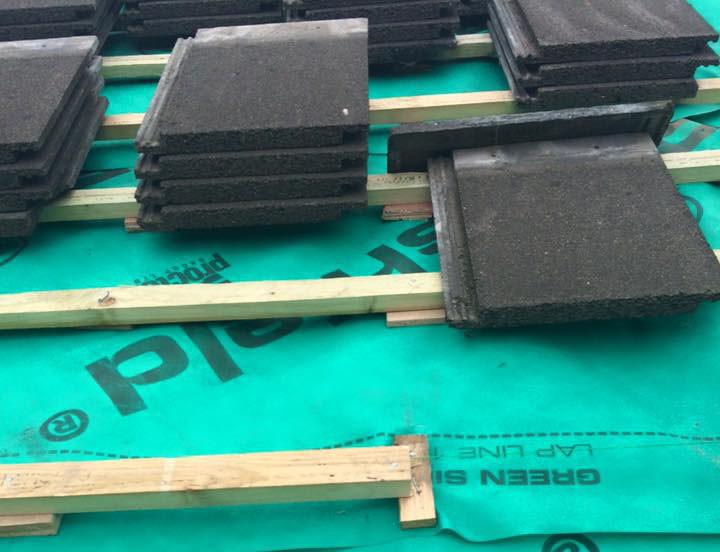In our previous article, we discussed about roof repairing by oneself on a smaller basis. Now you shall come across some comparatively bigger defects, which you might not have known earlier that they too can be dealt without seeking professional help.
Leaks in flashing areas:
You cannot determine the amount of leak areas a roof can contain. Water can make its way even from the tiniest spot available. However, places in the roof where flashings are defected make favorable grounds for water leaks.
Flashings are actually thin pieces of an impermeable material which is installed in a roof so as to stop the entry of water into the roof stuff from a joint. They make an effective part of weather proofing system.
However, if a flashing is installed poorly, gets rusted or comes out loose, it makes an easy passage for water seepage. With the aid of few handy tools, you can fix this trouble all by yourself within a couple of minutes.
If in any case the above mentioned DIY method does not work, make use of roofing cement to cover the exposed joint area.
You would require:
[cs_list cs_list_type=”icon” cs_border=”no”][list_item =”too” =”null” cs_list_icon=”icon-tools3″] Screwdriver [/list_item][list_item =”tool” =”null” cs_list_icon=”icon-tools3″] Lead sealant [/list_item][list_item =”tool” =”null” cs_list_icon=”icon-tools3″] Dusting brush [/list_item][list_item =”tool” =”null” cs_list_icon=”icon-tools3″] Flashing clips [/list_item][/cs_list]
Method: Brush off any dust or remains of sealant materials or old mortals from the damaged joint. To push flashing clips into the joint, make use of a screwdriver to hold it tight in its place. Now grab the lead sealant and apply it in a continuous band fashion over the joint.
Fix holes in flat roof all by yourself:
Small holes are quite easy to fix. To restore the integrity of your roof which has been interrupted by tiny holes, you just need to fill them up with some resilient and compatible material.
For this purpose, all you need is:
[cs_list cs_list_type=”icon” cs_border=”no”][list_item =”too” =”null” cs_list_icon=”icon-tools3″] a primer with patching system [/list_item][list_item =”tool” =”null” cs_list_icon=”icon-tools3″] flat-roof roller [/list_item][list_item =”tool” =”null” cs_list_icon=”icon-tools3″] scissors and [/list_item][list_item =”tool” =”null” cs_list_icon=”icon-tools3″] brush [/list_item][/cs_list]
Brush off dust from the area to be treated, and apply primer over the hole, extending it onto the surrounding intact part as well for support. Allow it to dry. Cut out some portion of patching material so as to stick it on the primer-treated area. After sticking the patch onto the primer, use a flat-roof roller to convert it into an even surface.
Repair roof bubbles:
Moisture may get trapped in between the roof layers and may protrude outwards as a bubble. Dealing with roof bubbles is pretty easy. Use a knife to slit open the bubble into two. Cut out a thin strip from the middle portion so that the adjacent two sides can lie flat. Take a trowel to insert roofing cement under the flaps. Now apply a layer of roofing cement over a span of area that is 6” wider than the damage. Mix some amount of fiberglass mesh in the cement. Now apply another coating of this cement. Make use of a trowel to even the edges.
If any trouble with your roof seems invincible, it is always a wise option to access expert help from Huddersfield roofers.
